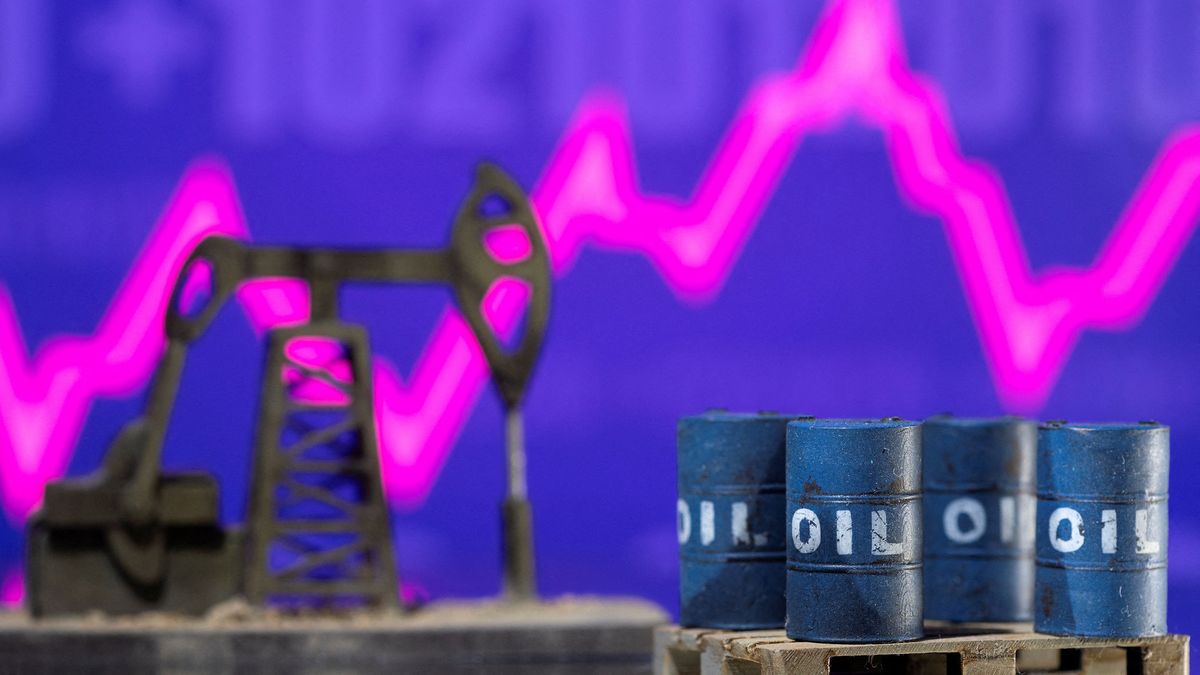The price of oil remained relatively stable despite the war between Israel and Hamas, and the non-regionalization of the conflict allowed the Executive to keep fuel frozen.
The prices of Petroleum in the world fell once again with the beginning of the week despite the fact that the war between Israel and Hamas continues in the territory of the Gaza Strip; and although they had peaks after the start of the war, the monthly average remained stable, allowing Uruguay Maximum values at pumps could be frozen during November.
The content you want to access is exclusive to subscribers.
After the peaks reached after the start of the war in Middle East, Oil prices appear to have entered a downward spiral, as fears over the regionalization of the conflict—which led to concerns about intervention by, for example, Saudi Arabia, one of the world’s leading crude oil producers—gives in.


This trend can be observed since last week, while the closing of the markets yesterday confirmed it: the barrel of oil Brent of the North for delivery in December gave up 3.34%trading at $87.45 on London: Meanwhile he West Texas Intermediate (WTI)also for the end of the year, lost 3.77%and closed at $82.31 in NY.
“While United States, Iran and Saudi Arabia are not drawn into the conflict, the brokers are ready to reduce the war risk premium”he explained Robert Yawger, of Mizuho USA, regarding the extra value that is paid on the price of oil in situations like the current one.
A respite for the government
The containment of the war in the Middle East and the drop in oil prices allowed, during November, the fuels in Uruguay do not undergo modifications. Both gasoline, diesel and supergas will maintain the same values as in October, as decided by the Executive power.
Beyond international conflicts, the price of a barrel of crude oil did not have any great news this month. Although it reached a peak of $96 on the 20th, the monthly average value remained in the 92 dollarstwo dollars less than the month of September
Thus, in the national market—which uses international prices as a reference—the Super 95 gasoline will continue to cost 77.54 pesos per liter at pumps, the 50S diesel will remain at 59.39 pesos per liter, and the supergas at 76.75 pesos per kilo.
This is good news not only for consumers, who will not see their pockets impacted by a new increase in fuel prices, after three consecutive months of increases —on a product that is historically expensive and that has the highest prices in the region— ; but also for the government itself: avoiding fuel increases thanks to the low general international variation contributes to keeping the price under control. inflation at the local level, in the absence of the financial backing of the National Administration of Fuel, Alcohol and Portland (Ancap) due to the closure of the refinery The Tile.
Source: Ambito




